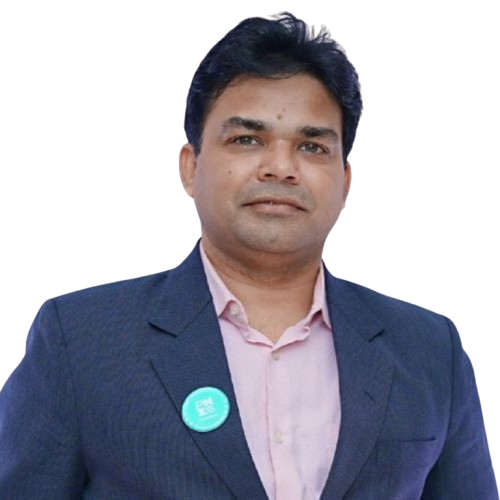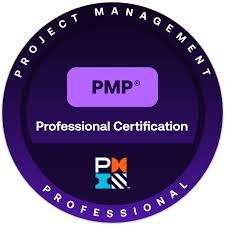It began in the 1980s, in Prayagraj, a city known for academic excellence but not for its advanced medical infrastructure. At one and a half years old, I was diagnosed with polio in both legs. Below the belt, there was no power.
My father, a teacher by profession but a warrior by spirit, took on the role of my first and most important project manager. He decided I would stand on my feet. This mission became our family’s single most critical project, run in an extremely controlled environment. The cost of my treatment consumed 90% of his salary, forcing him to work overtime tuitions daily. It was my first, unspoken lesson in resource management and delivering results under immense constraints.
Through years of rigorous physiotherapy, my right leg recovered, but the left remained without power. I could only crawl. We reached a strategic decision point: a series of seven major corrective surgeries. The goal was not a full cure, but a specific, functional outcome: to straighten my legs so I could walk with the help of crutches. We accepted the project.
What followed was a grueling three-year recovery. For an 11-year-old boy, the physiotherapy sessions were so painful that the thought of quitting was a daily visitor. This is where I learned a lesson that no business school can teach: no matter how capable you are, you must have a mentor who can be your strength when you are down. For me, that was my parents. Their belief became my inner voice, the one that would remind me, “I can.”
These interconnected projects—the diagnosis, the surgeries, the recovery—were no longer just challenges; they became my life’s first portfolio, a collection of complex initiatives all aligned to one focused goal: my independence. This portfolio taught me that when multiple projects are managed in alignment, even the most ambitious goals can be achieved. I was transformed from crawling on the floor to walking on my own two feet, with my own strength.
My life became an exercise in agile project management long before I ever heard the term. The ‘scope’ was my independence. The ‘stakeholders’ were my family and doctors. The ‘risks’ were immense, from surgical complications to the daily battle with pain. We had to pivot, adapt, and relentlessly focus on the functional outcome, not a perfect ideal. This taught me that the core of successful project management isn’t about charts and software; it’s about a resilient mindset and an unwavering focus on the ‘why’.
This real-world training ground is what shaped my 21+ year corporate career. When I was managing multi-million-dollar portfolios or leading global teams, I saw the same patterns. The projects that failed were not the ones with technical problems; they were the ones that lacked clarity, a solid framework, and a resilient leader at the helm.
In my early roles, I saw this pattern everywhere. Teams with brilliant engineers would fail because of poor communication—a failure of stakeholder management. Projects with unlimited budgets would drift aimlessly without a clear charter—a failure of scope management. I realized that the project management principles I had learned through necessity were the exact skills that separated successful leaders from struggling managers, and that my real talent wasn’t just in managing the project, but in mentoring the person leading it.
I found my true passion in mentoring others—from first-time managers to consulting founders and CXOs—helping them apply these same principles. I formalized my experience with certifications in project management, IT Service Delivery, Business Automation, and Life Happiness coaching, not to learn theories, but to find the language to describe the principles I had already lived.

